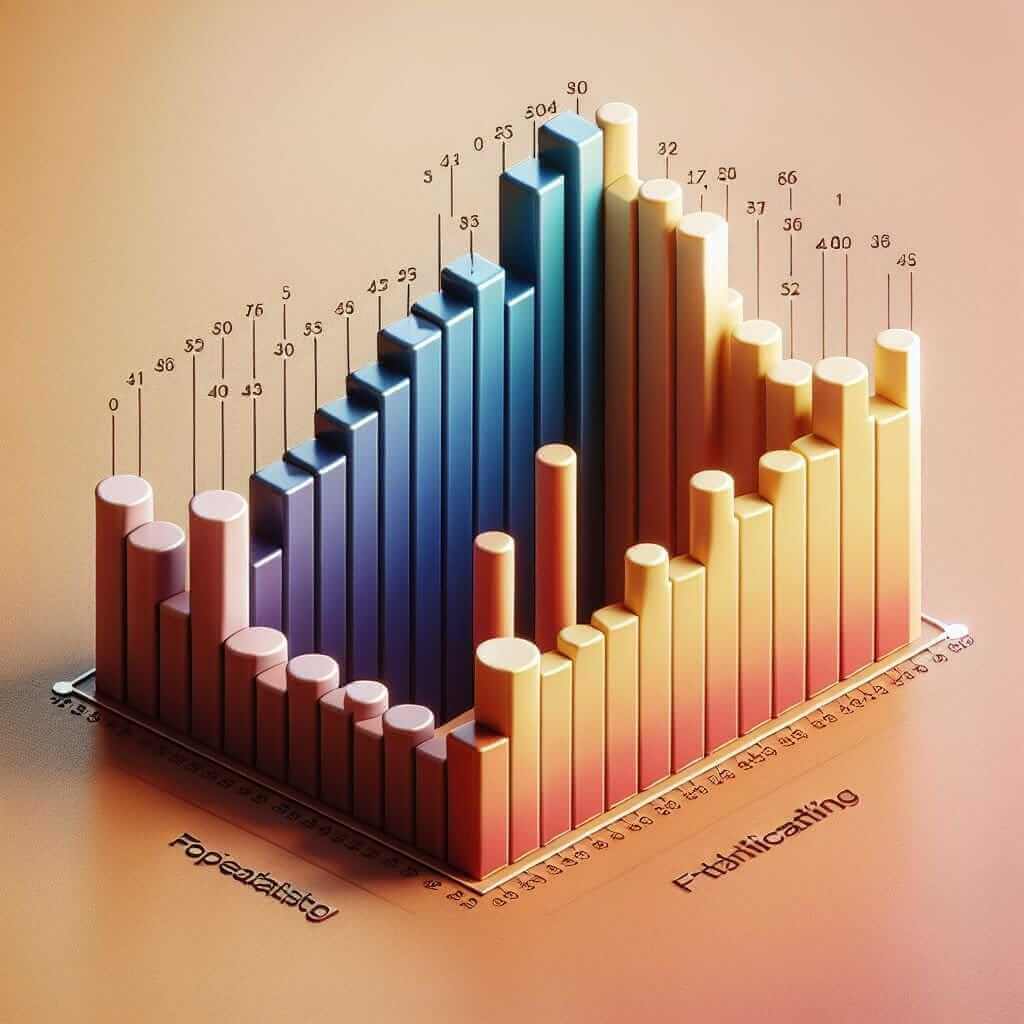As an IELTS instructor with over 20 years of experience, I often encounter students struggling to express themselves accurately and fluently. One phrase that frequently causes confusion is “have the same figure.” While it seems straightforward, its usage can be tricky, especially within the context of the IELTS Speaking test. This article aims to clarify the meaning of “have the same figure,” provide examples of its correct usage, and offer tips on how to incorporate it effectively into your IELTS Speaking responses.
“Have the Same Figure”: Meaning and Usage
“Have the same figure” refers to two or more entities sharing identical numerical values or statistical representations. It implies that the data points are equal, regardless of the units of measurement or the context. For example:
- “The unemployment rates in both countries have the same figure this year, standing at 5%.”
In the context of the IELTS Speaking test, you might use this phrase when:
- Describing graphs or charts: “As you can see, the sales figures for product A and product B have the same figure in the first quarter.”
- Comparing statistics: “Interestingly, while the population size differs significantly, the literacy rates in both cities have the same figure.”
- Highlighting similarities: “Although the companies employ different marketing strategies, their customer satisfaction scores have the same figure.”

Incorporating “Have the Same Figure” in Your Responses
Here are some tips for effectively using “have the same figure” in your IELTS Speaking responses:
- Use it accurately: Ensure that the data points you are comparing are indeed identical. Avoid using this phrase when describing trends or approximations.
- Contextualize your statement: Provide sufficient background information so the examiner understands what figures you are referring to and why their similarity is significant.
- Paraphrase when possible: Instead of repeating “have the same figure,” consider using synonyms like “are identical,” “match exactly,” or “show no difference.”
- Practice makes perfect: Familiarize yourself with various ways to express the concept of identical figures to enhance your fluency and vocabulary range during the test.
Example from an IELTS Speaking Test
Let’s say the IELTS Speaking test presents you with a graph showcasing the average rainfall in two different cities over a year. You notice that the rainfall in July is identical for both cities. You can then say:
“Looking at the graph, it’s interesting to note that despite their different geographical locations, both cities have the same figure for average rainfall in July, which is around 80 millimeters.”
Conclusion
Mastering the appropriate use of phrases like “have the same figure” is crucial for achieving a high score in the IELTS Speaking test. By understanding its meaning, practicing its usage in different contexts, and incorporating the tips provided, you can confidently demonstrate your language proficiency and analytical skills. Remember, clarity, accuracy, and a varied vocabulary are key to success in the IELTS Speaking module.